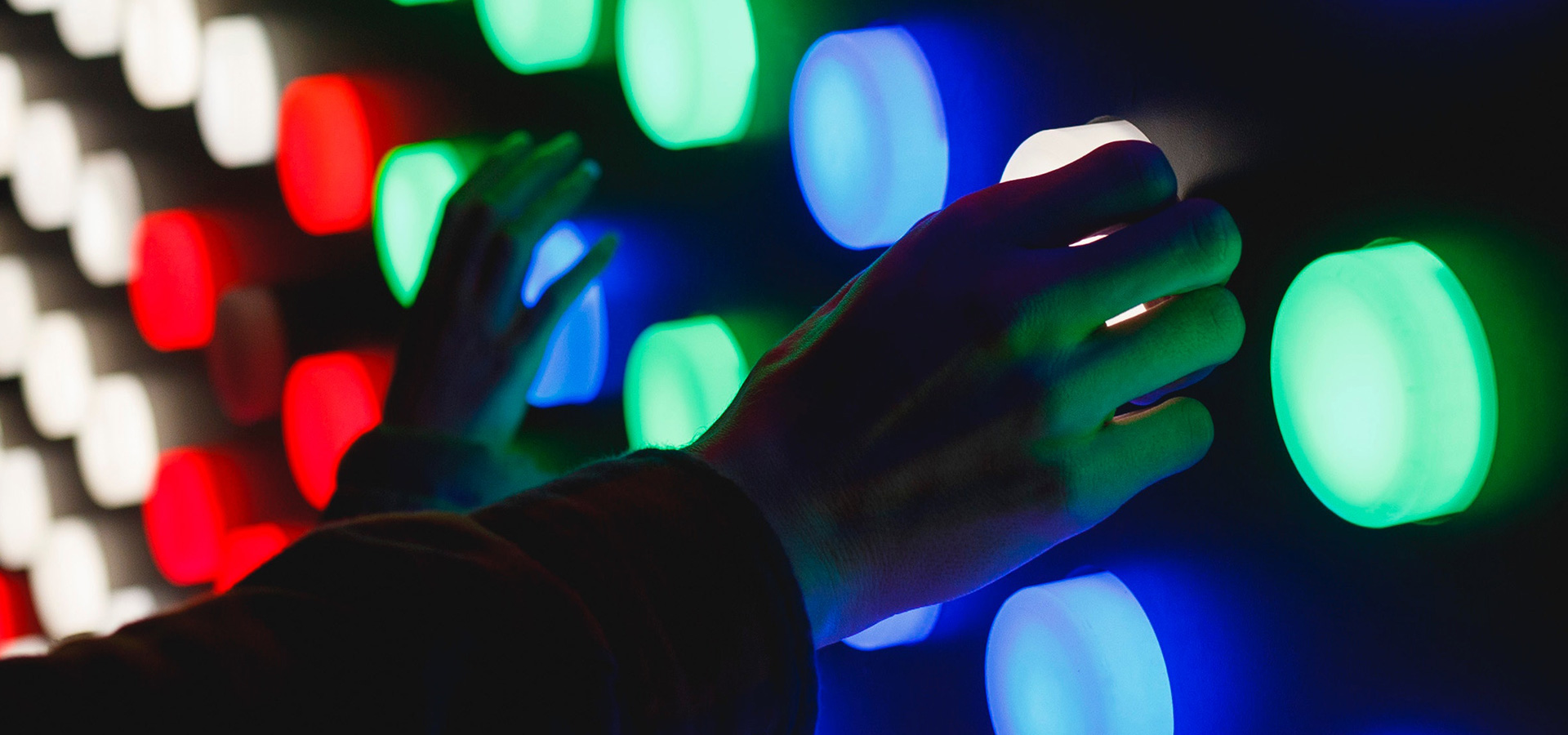
An Experience is More Than What It Looks Like
Visual appearance is important. Studies have shown that if your product appears professional, customers are more likely to fault themselves for usability issues versus the product. Visual appearance also contributes to the overall aesthetics of your product that create that important emotional connection. It is important to get your visual appearance right.
But your brand isn’t just visual appeal. It’s much more than that. To capture the hearts and minds of your customers, you must appeal to all their senses. What does your product feel like? What are the textural experiences around your product? Does it feel good in your hands? What are the ergonomics of your product? Ever have a product that just felt great? It was the right weight – not too heavy but enough heft to feel substantial. Just the right amount of residence or smoothness where you need it.
Human-centric approach to product design.
I am a big fan of the Logitech R400 Laser Presentation Remote. Why? Because it feels right in my hand. It’s the right shape and size to fit. It’s not too heavy or too light. It has this matt texture where I hold it and a smooth texture on the switches and dimples (like a golf ball) in key areas. I don’t own stock in it but wanted to give you an example. If you do a lot of presentations, then you probably know what I am talking about.
Are you tuned into what your brand sounds like?
How about your sound design? Does your product make just the right ‘click’ sounds – not too loud but not too soft, either? Or the right chime when it starts? Something that is calming, friendly and lets me know that everything is going to be Okay. I am fan of that Apple chime. It reassures me that something in my day is going right.
Studies have shown that when the right sounds is applied to your brand, it boosts message reception and recall. Sound also serves as a differentiating factor and serves as a subconscious identity cue and fitting sound affects the overall perception of a brand through the Halo effect. This means the sound is not assessed as a separate entity but serves as an identity cue for everything experienced under its influence.
According to the Harvard Business Review, What Does Your Brand Sound Like? research showed that “congruent sound cues can increase the speed of a visual search for products (a key for success in both online and retail settings), as well as improve the perceived taste of food and wine.” In addition, “the strategic use of sound can play an important role in positively differentiating a product or service, enhancing recall, creating preference, building trust, and even increasing sales.”
A brand so good, you can smell it.
Your product smells. But does it smell good. Smells are becoming more and more important. Certain establishment will pump in certain smells to relax their customers to stay longer or excite them to buy more. Ever been on the Soarin’ Around the World ride at Disneyland? You are on a swing bench staring at an IMAX screen, but it feels like you are flying over these amazing landscapes with a slight breeze in your face… and did I smell those pine trees when we flew over that forest? And those oranges when we flew over the groves? Amazing!
According to Harvard Business Review, Inside the Invisible but Influential World of Scent Branding, “Scented environments have been shown to reduce typos made by office workers; improve the perception of product quality; increase purchase intent, average unit sales, and duration of a retail visit or stay among consumers; and boost the willingness of consumers to pay more for a product.”
From offices and trade show booths to retail environments and the products themselves, the true power of olfactory branding (also known as scent branding) is in its unique ability to form immediate, powerful, and differentiated emotional connections with customers, particularly within a category of functionally similar offerings. That’s because a unique scent can spark the memory of the associated products or events, even for an incident dating back to one’s childhood. And olfactory recall can extend to 10,000 different odors, if not more.
It is through all the senses – touch, sound, smell (taste) and sight – that you must consciously craft your brand to the perfection that your customers have come to expect.


Uncommon Person: Chad Hutson

Our Internal Learning & Impact at Bulldog Drummond

The One Decision by Employers in 2021 that Means Everything

What I Wish I Knew

Standing Up Inside

Uncommon Person: Gregg Imamoto

Five Things Every Company Should Know about ESG

Redefining Value

Uncommon Person: Chris Baréz-Brown

It’s Time For A Whole Lotta Common Good

Did You Choose Humanity?

Uncommon Partnership: Violux

Here’s How

Uncommon Person: Santhosh Nair

Designing Strategy For A Complex World

Responsibility & Relevance for Brands

